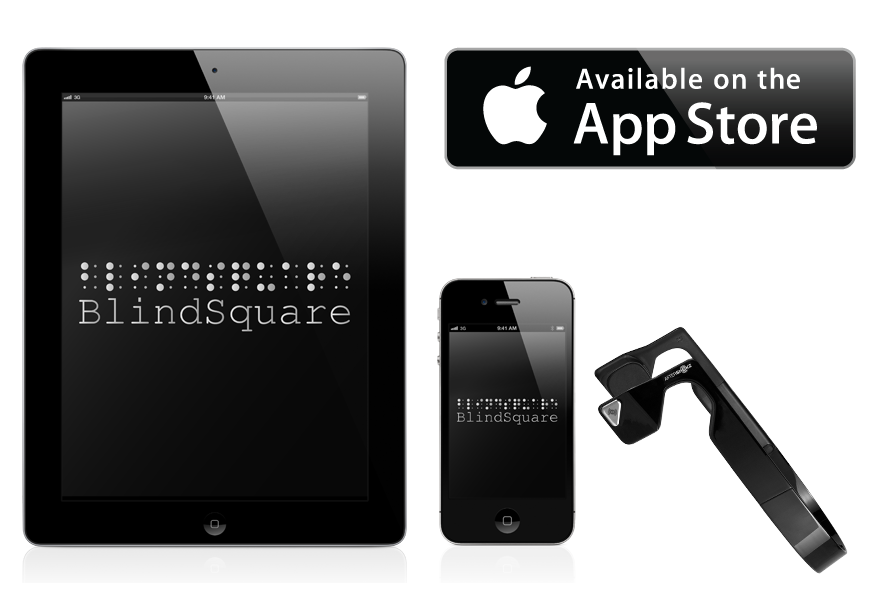Hereditary retinal dystrophies
Others
1.6. GPS (Global Positioning System)
More and more people with visual impairments use GPS, either to travel or to move around parts of the city that are less familiar. Having APPs on our smartphones, such as Apple Maps or Google Maps, makes our lives easier in this sense. The same goes for blind people, having the support of an accessible GPS on their phone makes things easier for them when searching, for example, for a street.
There are some applications, which in addition to the common map APPs, are designed for the specific use of people with visual disabilities, as they offer functions such as locating points of interest based on the hands of the clock, names of street intersections when approaching them, etc. Among these, we highlight the following:
- Blind Square: Based on the Foursquare APP, where you can find places to eat, have a drink or visit. It uses geolocation and a compass to determine the point where the user is located to obtain information from Foursquare. Using some specific algorithms, it verbalizes the information that it considers most relevant: trendy cafes, restaurants, etc. It allows to call the place in question, check on the menu if available, and once the navigation to get there is initiated, it repeats the distance and places it on the map starting from the face of a clock: for example, place X is at 3 o'clock.
- Seeing assistant move: Similar to the former but using Apple maps to work. It allows to mark favorite places, proximity alarms, and has a follow-up navigation mode, which recounts the streets where the user is passing through.

Last modified
09 September 2022